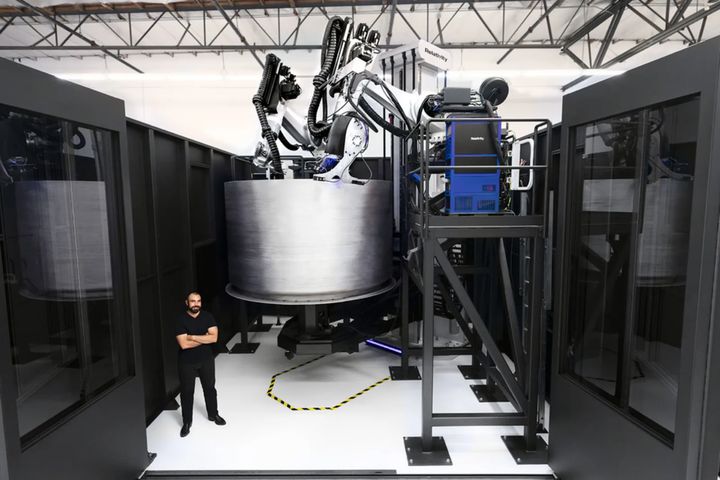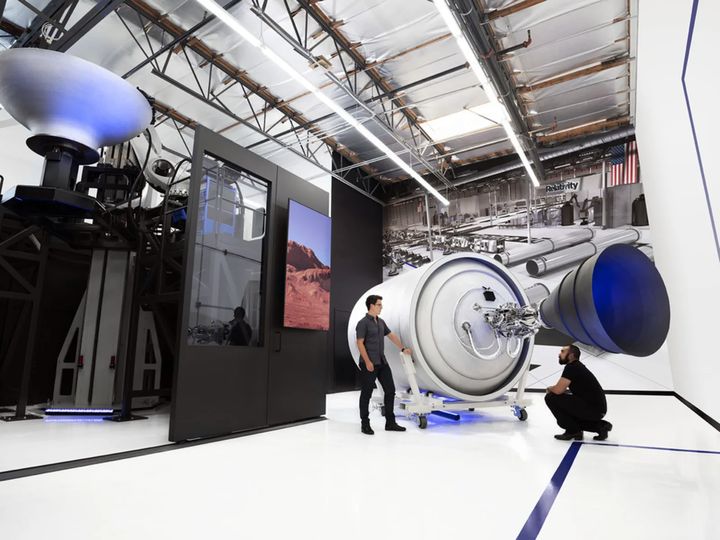
The space race has been thriving over the past couple of years.
With the likes of Elon Musk and SpaceX’s race to Mars, as well as Jeff Bezos’ Blue Origin project, commercial space tourism is no longer totally far in the future. In fact, more space enthusiasts and innovators are beginning to see its market potential, with engineering startups popping up left and right. 2020 is already poised to see more communications satellite launches, which will expand global Internet and messaging capabilities. The amount of opportunities is endless. One startup, on the other hand, is working on something completely different.
Long Beach-based startup Relativity Space is aiming to be the first space company to successfully launch a fully 3D-printed rocket into orbit. Challenging over 50 years of traditional rocket manufacturing, the company has instead been focusing on the use of additive technology to create the parts it will need. From the engines to the fuselage, Relativity is automating almost the entire manufacturing process. Instead of the typical factory retrofits, changes can be efficiently made via CAD software. Not only has this cut production costs, but it has also simplified the usual skilled labor requirements needed to build and construct rockets.
This flexible setup has allowed Relativity to easily modify its designs, meaning the company can quickly scale its launch vehicle size from 5 to 7 feet in diameter according to payload demand. Compared to SpaceX, which has placed its primary interest (Mars) and focus on reducing costs while increasing launch cadence, Relativity is positioning itself to accommodate customer customization. The use of 3D printing would enable the company to repeatedly modify capsules to fit any kind of satellite. One of its cofounders, Jordan Noone, explained the reasoning behind this approach:
“Who do customers want to work with in this market? Is it the person that has an architecture that is capped on payload or very rigid to change? Or is it someone who has built their entire factory to modify and change as needed?”

The company is currently working on its first rocket, Terran 1, which will be a small-to medium-sized carrier that will be produced by its Stargate 3D printers. According to Relativity, its printers have the capability to potentially finish the rocket in less than 60 days. Cofounder Tim Ellis says that the Stargates are twice the print size compared to the previous version and are already up and ready to start operating.
The Terran 1 will be 100 feet tall and will be able to carry up to 2,755 pounds (1,250 kilograms) of payload. For comparison, this is approximately 6 percent of the SpaceX Falcon 9 rocket’s capacity. However, Relativity says that it is working on increasing the vehicle’s payload fairing to hold twice as much volume.
Read more at ENGINEERING.com
